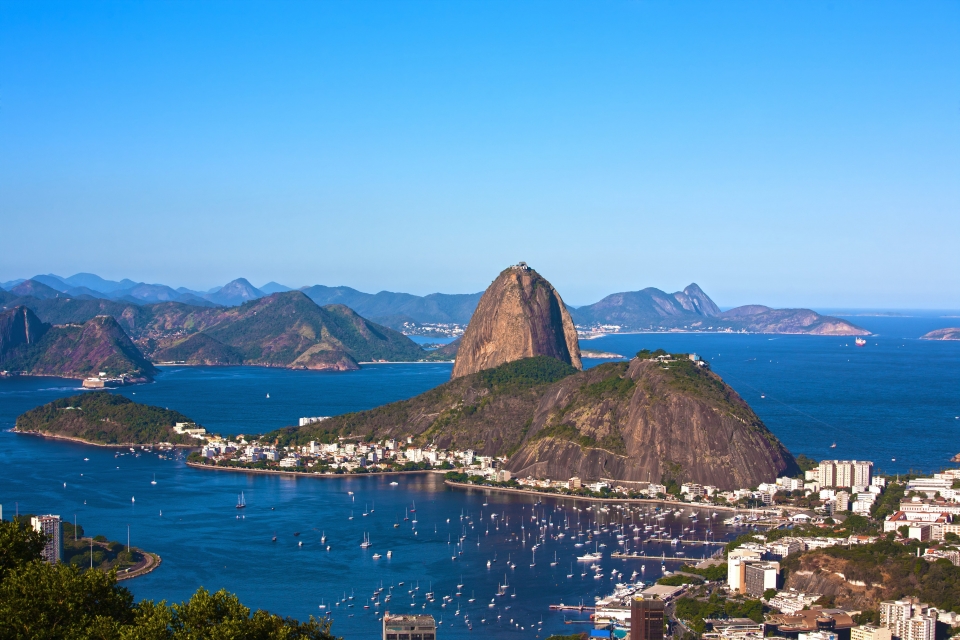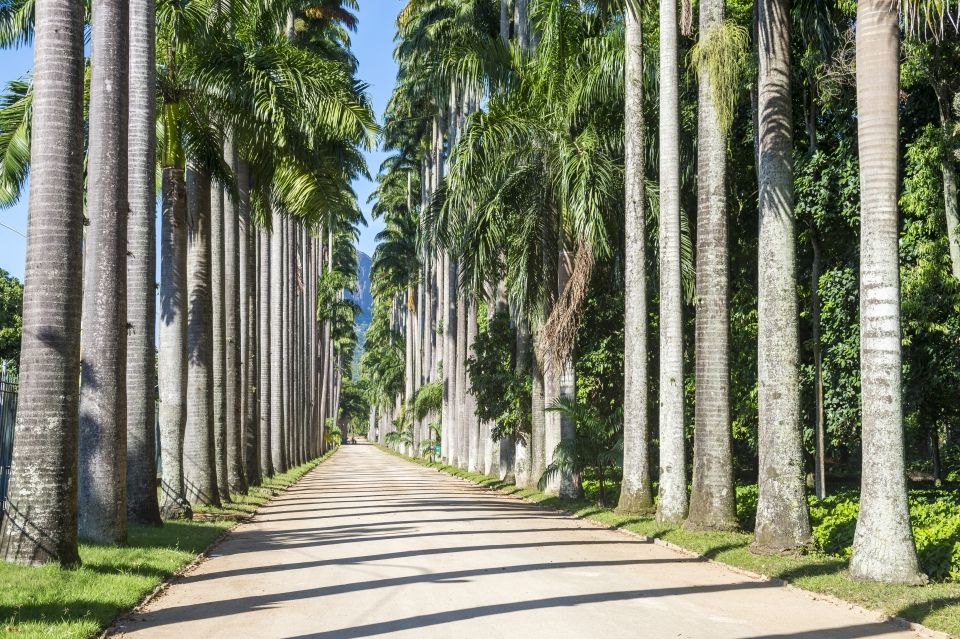Welcome Cocktail:
Welcome cocktail reception at the conference venue, Wednesday September 12 at 5:30pm
Conference Dinner:
Friday September 14 at 7:15pm for registered participants.
Assador Restaurant: Av. Infante Dom Henrique, s/n - Flamengo - Rio de Janeiro
Transport: We have arranged a transfer from the conference venue to the restaurant. Please be outside the main entrance to the FGV Cultural Centre on Praia de Botafogo at 6:45pm if you wish to avail of this service.
Social programme:
Enjoy the day after the conference, Saturday September 15.
Conference attendees can choose one of the two tourist attractions on offer (Botanic Gardens or Sugarloaf Montain).
Both tours include tickets and bilingual guide.
Sugarloaf Mountain
In 1912, the launch of an aerial tramway in Rio de Janeiro saw the birth of a Brazilian tourist attraction that would become famous worldwide: the Sugarloaf cable car. Today, the constant coming and going of the bondinhos, as they are known in Portuguese, is a much-loved part of the city’s landscape.
The Sugarloaf tourist complex was built by the Companhia Caminho Aéreo Pão de Açúcar, which still operates and maintains it. Designed as a source of leisure in a beautiful location for thousands of people, the park is blessed with panoramic views of outstanding beauty.
Sugarloaf Mountain, a trademark of Rio de Janeiro, is a single massive granite-gneiss outcrop with very little vegetation on its slopes that has been moulded by atmospheric pressure and temperature over 600 million years.
It is surrounded by tropical vegetation, including remnants of the Atlantic Forest, which is home to native species that are extinct in other areas of the Brazilian coast.

The Rio de Janeiro Botanic Gardens
Founded in 1808 by D. João VI, the Botanic Gardens are an important tourist attraction much visited by researchers studying the hundreds of species there. Extending over 137 hectares, the gardens house rare collections of bromeliads and orchids, as well as old trees and exotic plants.
The gardens also contain various constructions dating from as early as the 16th century and thus help to preserve a rich historical and cultural heritage. These include the statues of Eco and Narciso by Valentim, the portal of the Academy of Fine Arts by Grandjean de Montigny, and the Japanese Garden, which was built in 1935 after the gardens received a donation of 65 species of typical Japanese plants. The gardens are also an excellent place to observe a wide variety of birds as over one hundred species can be found there.

Read more about the sights in Visit.Rio


